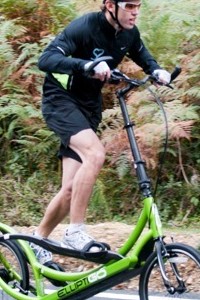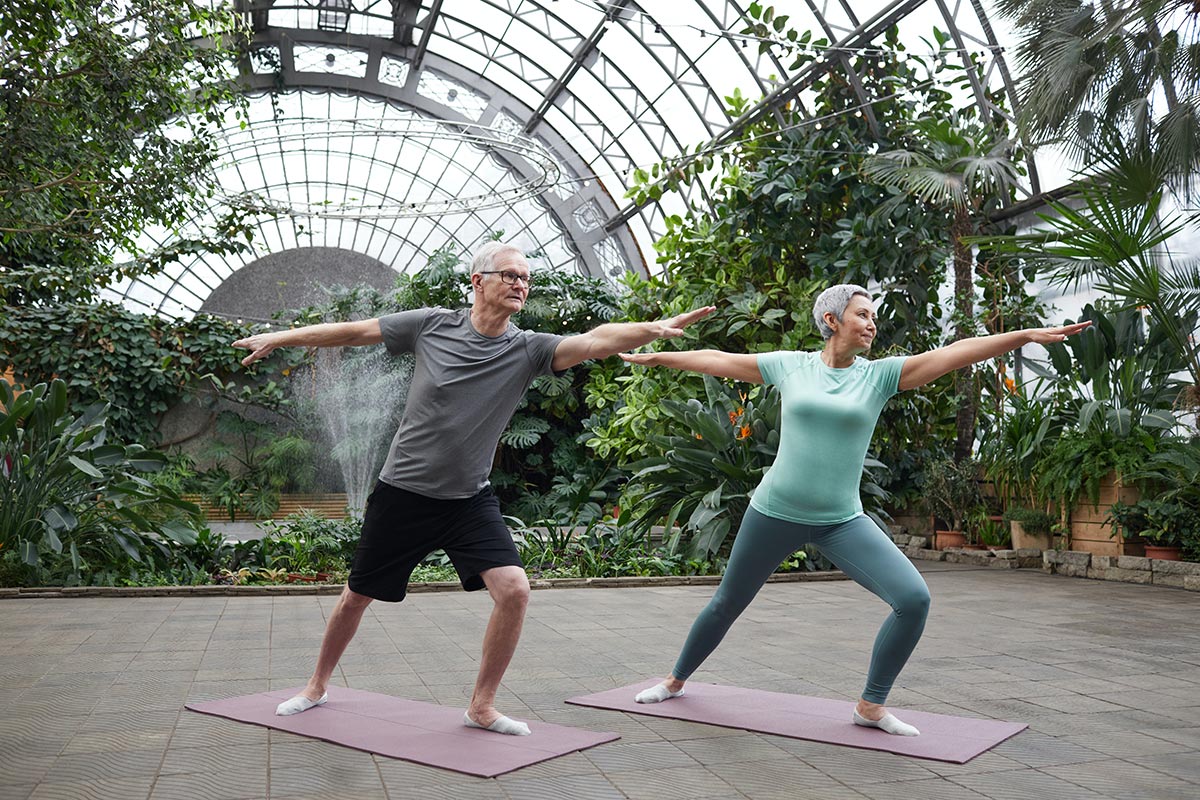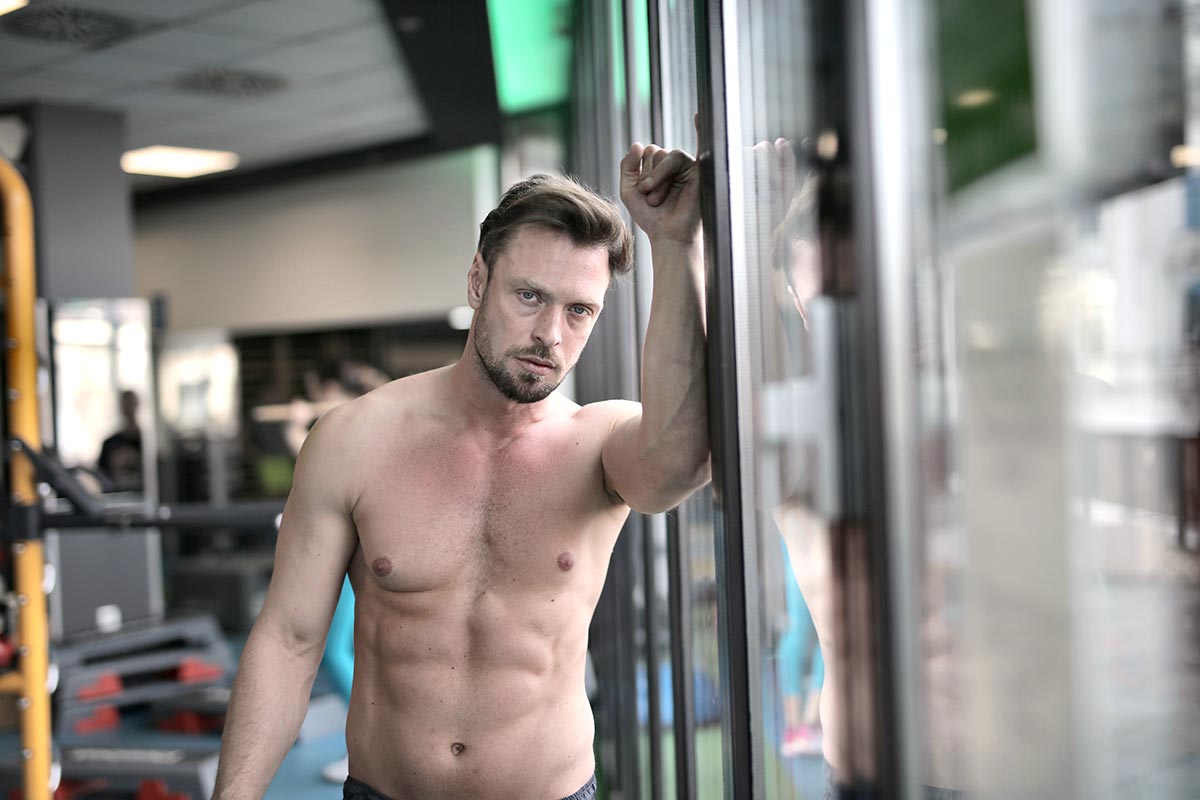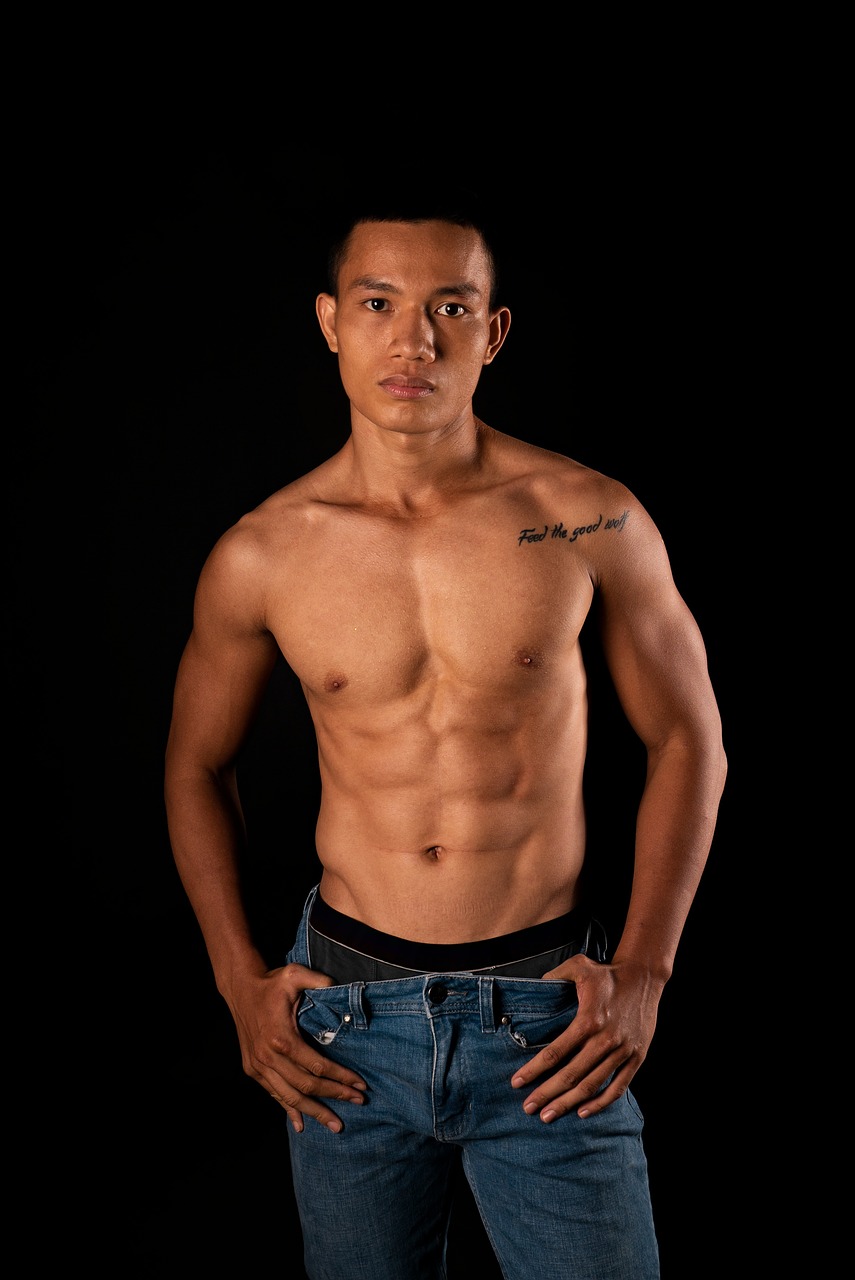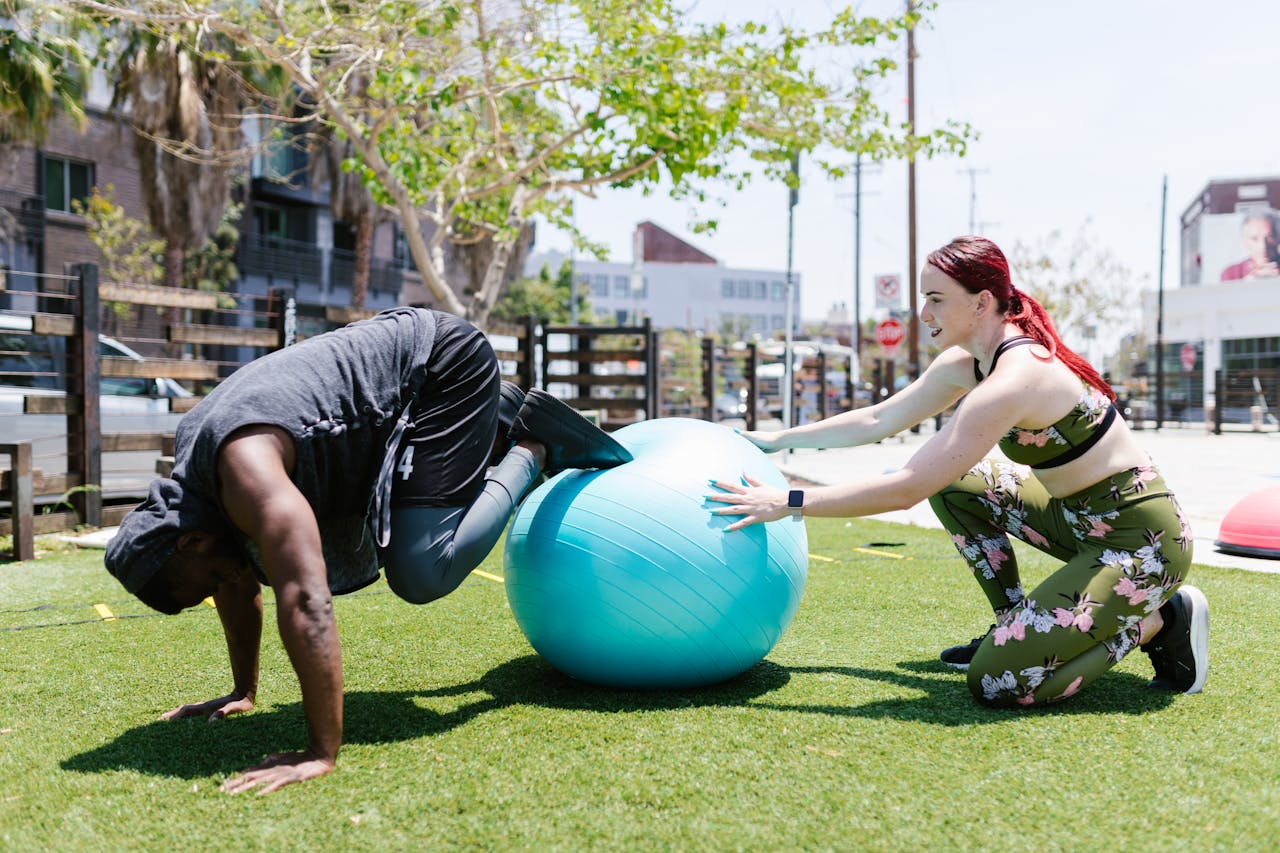Cardio Conditioning for Martial Arts Using the ElliptiGO 8S Outdoor Elliptical Bike
To improve my cardiovascular fitness for my martial arts and kickboxing training I recently started using the pre-launch ElliptiGO 8S outdoor elliptical bicycle for all my cardiovascular and endurance training (after many years of using the indoor elliptical cross-trainer as my primary cardiovascular and endurance training machine).
The ElliptiGO 'fitness and running bike' will be available in Britain and Europe from the end of 2010 and is a revolution in joint-protective endurance training - from a physiological safety standpoint. My ElliptiGO training is in addition to short swimming sessions, done once each week to keep a variety and maintain recovery for martial arts training.
The ElliptiGO 8S is an ultra-low-impact cardio device modelled around a gym elliptical cross-trainer and a scooter or bicycle. Its pedalling movement allows for a foot trajectory very similar to that of the natural motion of running; something the elliptical cross-trainer doesn't do very well. The running motion is achieved by modelling the foot trajectory to move backwards and higher than it would go on an elliptical cross-trainer (so that at the end of the motion, before the foot enters the 'landing phase' of the movement, it is pointed directly downwards – albeit without actually lifting off the foot-placement area of the pedalling drive arm). This may not be easy to visualise if you've never seen it before, but it becomes immediately apparent when you actually observe how the pedalling mechanism of the ElliptiGO actually works - on a video or in real life.
Regardless of the technicalities involved, the ElliptiGO works really well for cardiovascular and endurance training – allowing for high heart rates to be attained without meaningful or damaging impact on the leg joints. My attraction to this device stems from the fact that I often developed foot tendinitis in the 16 year period during which I used running as my primary cardiovascular exercise (and this high-impact nature of running also makes it less attractive to me as a form of long duration or high intensity cardiovascular or endurance training).
The lure of the ElliptiGO – and this needs to be experienced to be fully appreciated – is that you can push yourself as hard as your lungs will allow you to go, for as long as your body is able to go – and all you'll be left with is a feeling of exhaustion afterwards. However, after such hard training sessions on this bike, you will notice how your joints are completely unaffected by the exertion. In fact, the very next day you may even feel tempted to go out again and do the same workout. However, as tempting as it may be, I would not reccomend it. Even though your joints are not worn down by ElliptiGO training in the way they would with some cardio exercises - such as running or aerobics - you must still protect your hormonal recovery systems. For this reason, hard training sessions must never follow on consecutive days, or you still risk the burnout caused by over training - which can present as opportunistic infections (due to a weakened immune system) or even as depression and a chronic lack of energy and motivation.
Currently, my use of the ElliptiGO 8S involves training on it on alternate days – every other day rather than every day. My sessions are all of moderate to high output and vary in length from 30 minutes to 50 minutes (covering distances from about 6-10 miles). I was able to boost my cardiovascular fitness considerably in just the first 3 weeks and that progress has continued unabated. These days I prefer to tag my martial arts stretching sessions onto the end of my ElliptiGO rides - something I would not have considered doing after long runs in the past (because long runs tend to tighten the muscles due to the repetitive-impact nature of the activity).
Unlike a conventional bicycle, the ElliptiGO does not tighten the hamstrings and lower back muscles. Using a conventional bicycle for cardiovascular and endurance training is not ideal for a martial artist - due to its negative effects on flexibility (you'd rather run instead of use a conventional bicycle because running doesn't limit flexibility potential - especially if it's done AFTER stretching).
To shed further light on training with the ElliptiGO 8S I spoke to George Watkins, one of the most experienced users in the UK, who has some useful hints and tips to offer readers. I've been in touch quite a lot with George in recent months, in relation to his rehabilitation from a near fatal 150m fall while out skiing in the Swiss Alps and his preparation for a challenging 140 mile plus Ironman triathlon. George's life was probably saved during his horrendous accident by his wearing a helmet, which protected his head from any serious internal injury - but he was wheelchair bound for months afterwards and took many more months before he could even stand unaided.
What brought George's story to greater prominence recently was the fact that he ran his first half marathon in June 2010, about a year after first getting back onto his feet and taking his first faltering steps. In addition to that - he swam, cycled and ran a full 140.2 mile Ironman triathlon in August 2010 (less than two months after this first half marathon)! With all the joint-related problems George has had to overcome he has been warned by his doctors to go easy on his body with respect to high impact physical activities, including running. To aid with this goal he does a lot of his cross-training and cardio on the ElliptiGO 8S.
We first got the idea of getting George to use the ElliptiGO for his fitness training from the fact that a number of America's top long distance runners have been using it to prolong their careers and get high quality training on a daily basis, without the fear of grinding down their joints. He has been using it for many months now and I caught up with George to gain further insights into his training approach and this is what he shared:
Idai Makaya:
Please outline the nature and extent of your injuries after the accident.
George Watkins:
After my skiing accident in Switzerland I was airlifted to Sion hospital where I was placed in Intensive Care while the doctors and nurses assessed the extent of my injuries. It took a couple of days to catalogue the damage, but the final verdict was:
Broken shoulder
Sternum broken in 2 places
6 broken ribs
Back broken in 3 places
Dislocated ankle
Smashed heels
Damaged liver, pancreas and lungs
Idai Makaya:
Please outline how long it took to recover fully.
George Watkins:
The doctors' initial prognosis was a recovery period of 2 years to get back to full fitness, although they were unable to say whether my feet and ankles would ever really be the same. In reality, whether due to determination or impatience, it was just 17 months before I completed the UK Ironman. Although I am very proud of this achievement, my doctors advised that continuing with this type of high-impact, high-intensity exercise would cause me problems in the long term.
Idai Makaya:
What were the key highlights of your rehabilitation and recovery, briefly.
George Watkins:
I spent a couple of days in intensive care in Sion before being transferred to Martigny hospital where I had surgery on my feet one week after the accident. 4 weeks later, as soon as I was able, I came back to England in an air ambulance where I spent a couple of days in Spire Hospital in Harpenden, getting out of bed into a wheelchair for the first time. Another 8 weeks on, 12 weeks post op, I walked for the first time. Progress was slow and it was another 2-3 months before I could run.
Idai Makaya:
How tall are you and how much do you weigh currently?
George Watkins:
I am 5'11 and weigh 12 stone (both estimates).
Idai Makaya:
Please break down your general training programme across a typical week (in all disciplines).
George Watkins:
Before the Ironman I was running, swimming and cycling 5 times a week, mostly for several hours at a time. I may have rushed into the Ironman a little soon (although given that I completed it, this is debatable) and my overall strength was not back to the level it was before the accident. I now go to the gym twice a week, and use the ElliptiGO upwards of 5 times a week, for varying periods of time. This has replaced the running and cycling I used to do and results in significantly reduced body pain (no foot and ankle pain from running, no back or backside pain from cycling).
Idai Makaya:
How do you use the ElliptiGO bike in your training – how far do you ride, how fast, how often?
George Watkins:
I generally ride around 10 miles, although have cycled as far as 68 miles. I don't use a bike computer or other high-tech aids in my training, but I have no trouble overtaking other cyclists on the road. I would estimate my average speed at around 15 mph.
Idai Makaya:
How much and how often do you run?
George Watkins:
Now that I have the ElliptiGO I don't need to run much any more. I do still run a bit at the weekend, and actually ran a personal best 10K a fortnight ago - after only ElliptiGO training (George ran the Herts 10k, a popular fixture on the British road racing calendar, and finished in 159th place - out of over 2,500 runners).
Idai Makaya:
What do you think are the ElliptiGO's strongest points?
George Watkins:
Certainly the low-impact nature is a great feature of the bike. There is no pain the next day, other than the usual muscle fatigue that lets you know you've had a good workout. The ElliptiGO provides the perfect balance between the effort of running and speed of cycling.
Idai Makaya:
What's the furthest you've ridden so far?
George Watkins:
I rode a race in the New Forest that was 68 miles long.
Idai Makaya:
Briefly, what advice or tips would you give to anyone considering training on the ElliptiGO bike – based on your experiences so far?
George Watkins:
Don't be afraid! The ElliptiGO certainly looks unusual but most of the concerns people have about it are unfounded. Firstly, it's not as tiring as it looks. Even uphill it performs unexpectedly well. Secondly it is not at all difficult to balance – in fact you can practically come to a standstill without toppling over. The bike takes very little time to get used to. The first few revolutions will feel a bit alien, but in no time you'll be 'ElliptiGOing' like a pro. All my friends have wanted a go on the bike and no one has fallen off yet! Finally, the ElliptiGO is fun. You won't know just how much until you try it.
Idai Makaya:
What are your short and long term fitness goals?
George Watkins:
To maintain a high level of fitness until I decide on my next big challenge. At the level I'm at now I consider myself to be fit, and this is a good launchpad for my next project. I hope to do another Ironman in 5 years or so, and, rather than just aim to finish, I would like to place in my age group.
Idai Makaya:
Is there anything I've not asked that you think is crucial to this interview? If so, please add.
George Watkins:
The ElliptiGO is a great and well-made machine. I'd recommend it to anyone - just be prepared to answer a lot of questions about it.
Idai Makaya:
I think George's advice sums it all up.
